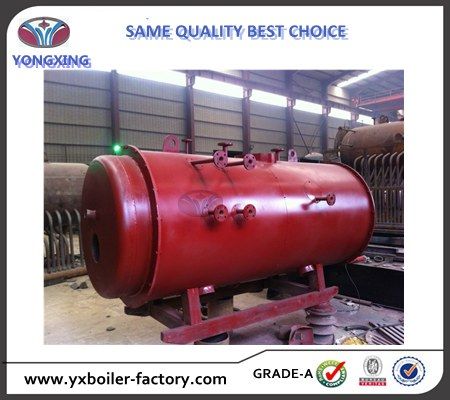Oil Burner Expansion Tank Purpose

If the previous solutions haven t reduced the level of dust it might be time to.
Oil burner expansion tank purpose. Expansion tanks help reduce water hammer and help protect the plumbing system from stress and damage which leads to longer tank life. The boiler expansion tank absorbs the expanding water by allowing the air in the expansion tank to compress this prevents the pressure from building and allows the boiler to heat and cool without too mush pressure building up. If you notice more dust settling after running the furnace or air conditioner a leaky duct could be the problem. A vessel that cools thermal oil before it enters an atmospheric expansion tank to help minimize oxidation of the oil.
A description of how the old style expansion tank provides a cushion for expanding water in a hot water boiler system. To do their job these tanks must be properly located sized piped into the overall system and should be checked annually. Our heating and cooling technicians will make sure each expansion tank is correctly installed and maintained to prevent water hammer high water bills and unnecessary wear on the water heater and plumbing fixtures. When the water cooled down the tank volume decreased but still maintained a full heating system.
If the tank overflowed because of excessive fill the excess water spilled into the gutter of the attic. Draining water out of a waterlogged expansion tank is a common heating boiler service procedure used to replace a lost air charge. The expansion tank serves to provide space for water and air within the boiler system to expand and contract without damaging pipes or valves. This video is part of the heating and.
As the water expanded it filled the tank in the attic with the expanding fluid. Heating boiler expansion tanks are metal tanks of varying sizes that are installed to absorb the initial pressure increase that occurs when the heating boiler system warms up. A system that applies inert gas pressure typically nitrogen at the expansion tank to prevent oxidation of thermal oil and or to create system pressure to overcome height restrictions for an expansion tank. It ensures that constant pressure is maintained within the pipes so they do not get.
















































